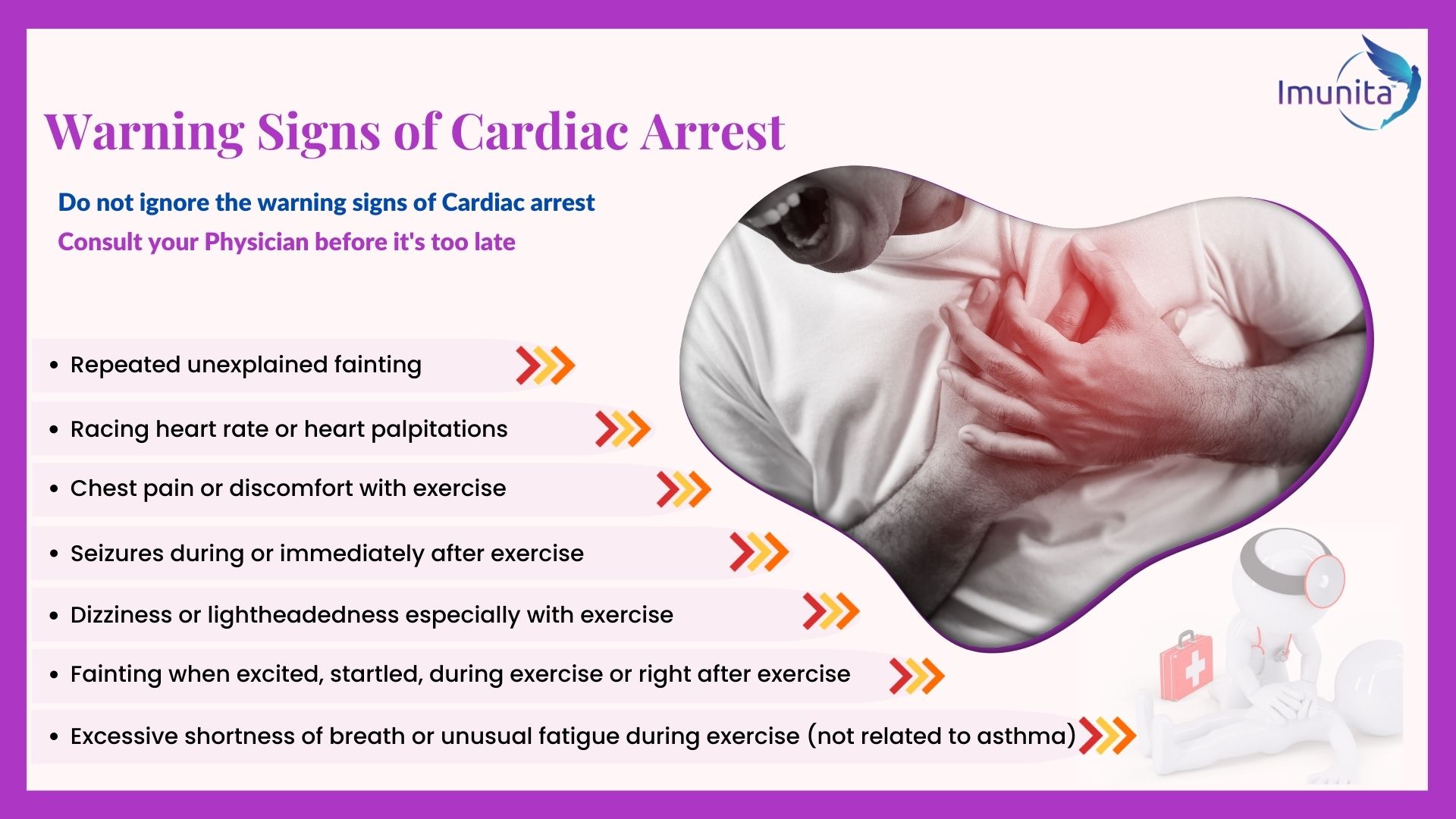In the current scenario where several cases of sudden deaths among young adults are surfacing on the news channels and social media platforms, an environment of fear is spreading among youngsters. The cause of sudden cardiac death in young adults is unknown, but it is often due to undetected heart disease, heart muscle abnormalities, or structural abnormalities of the heart. Additionally, blood clots or blocked arteries can also lead to cardiac arrest either by causing a heart attack or sudden death. Furthermore, the coronavirus pandemic has made it more difficult to identify and address these issues in young adults as they are being admitted into hospitals and treated for Covid-19 related illnesses rather than looking out for potential heart disease or attacks. After evidencing such cases of sudden deaths among young adults, a question that arises in the mind of people is, was there a chance that these youngsters could have been saved? Would these youngsters be saved if immediate CPR was administered to them? These questions have turned our focus on the fact that people are lacking in knowledge regarding the basic life support measure CPR.
There have been several Instagram posts related to the deaths of young athletes due to sudden cardiac death, which has created various incomplete anecdotes and speculations about the cause of their deaths. The underlying medical episodes that have been identified in these cases are a condition called myocarditis which is an inflammation of the heart muscle that can cause arrhythmias and other heart complications. The concern is that there may be a troubling pattern emerging where young adults are more susceptible to this condition because of Covid-19 exposure or even vaccines used during this pandemic period. This potential connection between sudden deaths in young adults and Covid-19 requires further investigation by medical professionals so as to provide a better understanding of this disturbing phenomenon. It has also made us realize the importance and need for CPR in the current situation.
Patients experiencing cardiopulmonary resuscitation (CPR) in a hospital-witnessed arrest have much higher chances of survival than those who do not receive immediate initiation of CPR by trained personnel. The patient survival rate is significantly improved when early CPR is initiated immediately after the arrest, with care providers and other hospital staff providing prompt and effective care. Studies have shown that the survival rates for patients receiving immediate CPR are much higher than for those that do not. This highlights the importance of early and immediate initiation of CPR by trained personnel as well as increased public awareness about this lifesaving measure so that young adults can benefit from it.
The lack of awareness about CPR among young adults is leading to a rising mortality rate in cardiac arrests. Previous studies have found that the level of CPR training and knowledge amongst the common population is often underestimated, especially among those with less formal education. Furthermore, even though laypeople can perform CPR on patients experiencing cardiac arrest, their range of knowledge and awareness about this life-saving procedure is insufficient. Hospital arrests are the most common type of cardiac arrest occurring amongst young adults and have the highest rates for successful resuscitation when compared to other types. However, due to a lack of public awareness about CPR, these rates remain drastically low when compared to previous studies conducted over a decade ago. This highlights the need for more efficient methods for increasing public awareness about CPR to reduce its morbidity among young adults and increase successful resuscitations from arrests.
Public awareness about the basic symptoms of cardiac arrests and how to respond is essential for saving lives. AED training should be provided to anyone visiting childcare centers, sports physicals, and other places where young people gather. The main agenda should be to take steps towards increasing public awareness and providing immediate access to AEDs so that anyone collapsing due to cardiac arrest may be treated immediately. Public education campaigns should ensure that young people are aware of these lifesaving measures so that they can benefit in the long term.


























